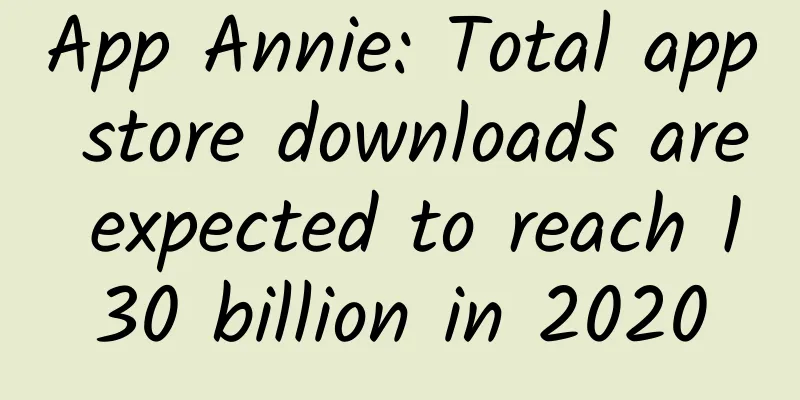iOS Development - Abstract Protocol of App Architecture

|
From the perspective of architectural design, an end, especially a mature end, should have its own specifications, ranging from page jumps and service requests to specific business functions such as generating orders, canceling orders, and viewing orders. On the one hand, after formulating a unified protocol, it can not only constrain the development behavior of developers in each business line, unify the code style, but also enhance the cooperation and cohesion of team members. On the other hand, after the unified development behavior, it is very helpful for adding new functions, fixing bugs, querying problems, etc., which greatly improves development efficiency.
One of the most important functions of the App Architecture Group is to unify the App architecture, allowing business developers to shape end products in a unified architecture, with the mission of improving business development efficiency and ensuring business stability. Based on this principle, we have been exploring various skills related to App architecture over the past year. I have found that the protocol is a key technology that best reflects the significance of App architecture. Using and promoting the protocol well can double the efficiency of business development. Generally speaking, the protocol types in an App can be arbitrarily divergent. As long as they can be reused, you can use the word "protocol" to describe them. Of course, we are all people with aspirations, and we should create some more general, more abstract, and more reusable protocols. For example, the url scheme in the iOS SDK is such a typical example. iOS URL Scheme URL Schemes is a mechanism provided by Apple to jump to system applications or other people's applications. It can also transfer data between applications to implement some specific functions. You can understand the URL of an iOS application in the same way as you understand the URL of a web page. For example, WeChat’s URL scheme
WeChat Moments URL scheme format
Doesn’t it look convenient? In other apps, you can jump to the WeChat App (if installed) like this:
Each application can create one or more url schemes of its own. You only need to configure the info.plist file, and then communicate between apps through the App Management Center [UIApplication sharedApplication]. Similarly, we can apply this idea to other abstract modules. In each abstract module, we use a protocol to specify its usage rules and supported functions. When it is open to the caller, as long as it follows the protocol rules and uses the API interface provided by the abstract module, it can call the module or use the services it provides. From this, we can draw the following conclusion: To abstract a module using a protocol, two important components are needed: protocol + protocol management center. General Protocol
In the App architecture, the page navigation framework is a very important component, which directly determines the page organization and style of the current App. A good page navigation framework can also allow the business side to have the best new page construction and page jump experience. From the perspective of the protocol, we can agree on a page jump protocol as follows: Page jump protocol
The APIs that Manager needs to provide include:
Service Request Protocol
Bridge Protocol
|
<<: Web Dev: 2017 highlights and 2018 predictions
>>: What impact does big data have on mobile app development?
Recommend
Collect now! 22 super practical free Figma plugins
Editor's note: This article was originally pu...
June stargazing guide: Supermoon and meteor showers add color to the most beautiful Milky Way
Original title: June stargazing guide: "Supe...
Argentina and Germany suffered consecutive upsets, and their fans were so angry that they were admitted to the hospital?
At the early morning of November 21, Beijing time...
Give archaeology a helping hand! Technology prevents "cultural relics tragedy" from happening again
In the long history of China over 5,000 years, th...
37 tips from Ogilvy's creative director for advertisers
A few days ago, I happened to see several quotes ...
LeTV O2O case analysis: How does “buy a TV and get high-end kitchenware for free” work?
When LeEco's senior executives and its partne...
Why is the Blu-ray I watch not as clear as 720P? My membership is in vain...
Audit expert: Zheng Yuanpan, professor at Zhengzh...
Will you be at work this Saturday in 2022? Which specific class or lesson will be made up on May 7th? Attached is the latest official notice!
The 2022 May Day holiday is over, but since this ...
How do content products operate?
How do you explain that product and operation are...
3 loops that Tik Tok uses to retain users!
This article divides the operation of Douyin into...
Whether your account performance can achieve high conversion depends on these 3 points!
I know that what everyone cares about most is the...
When using hot spots, operators need to pay attention to two points
Only a few days into 2018, the internet was abuzz...
How to write high-conversion story copy? Use these 5 principles!
When we write soft articles or long copy , adding...
Apple releases fifth developer beta of iOS 12.2
In the early morning of March 12, Apple officiall...
How do Xueersi, Yuanfudao, Zuoyebang, etc. operate short videos?
Previously, in the future of "Education + Sh...









